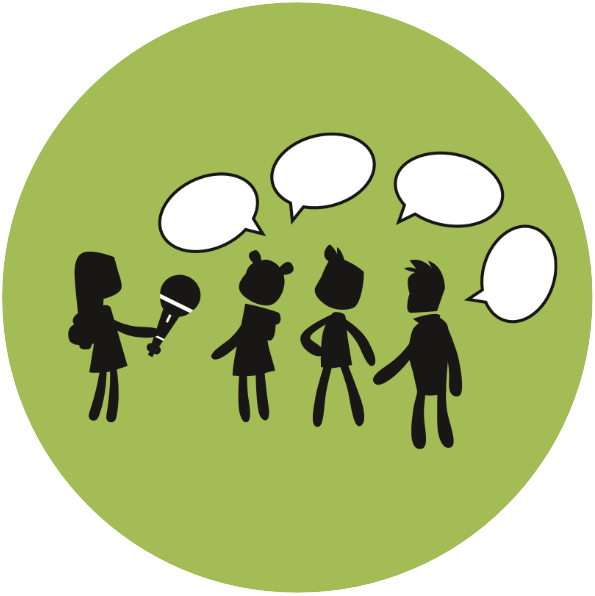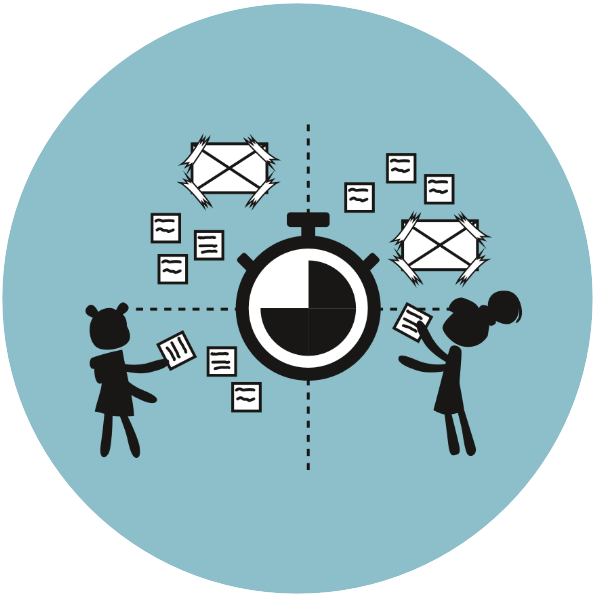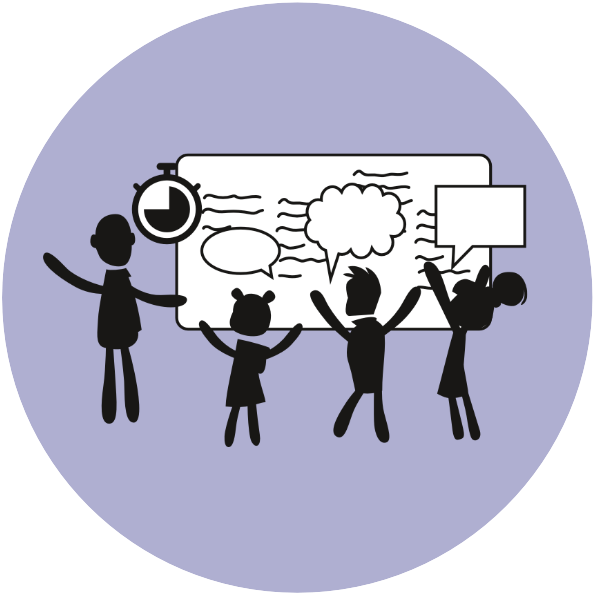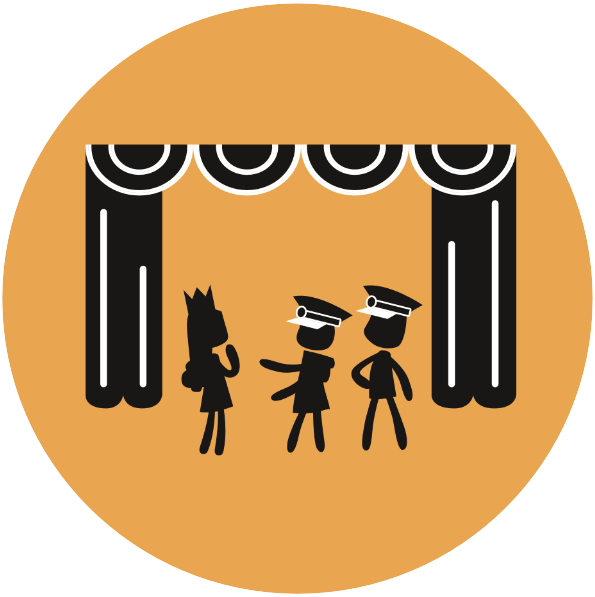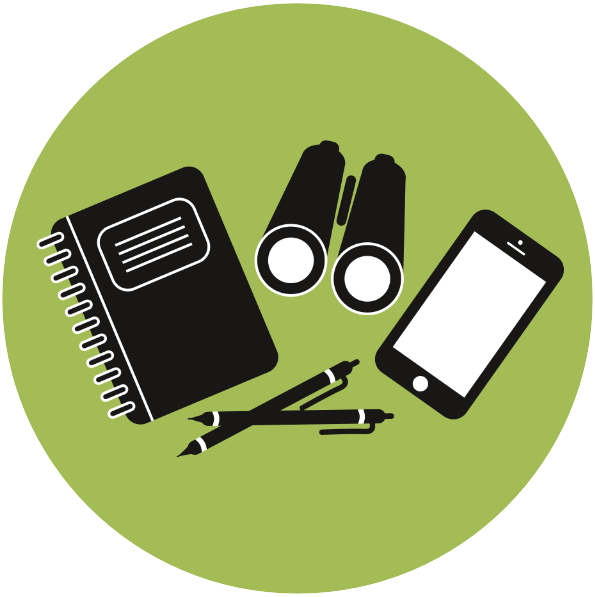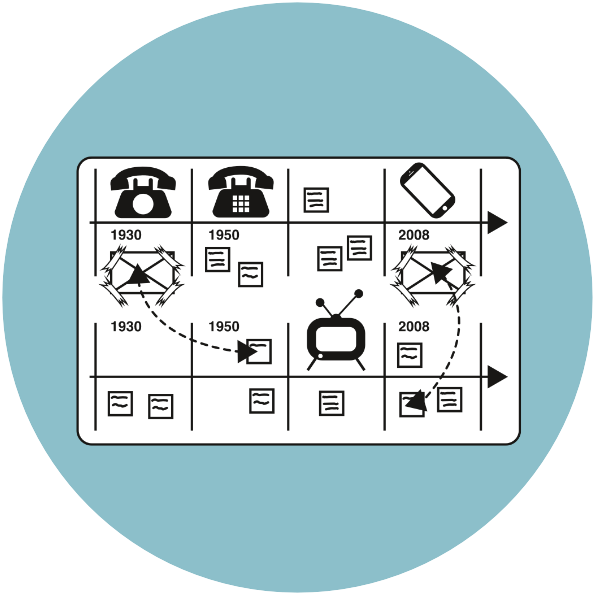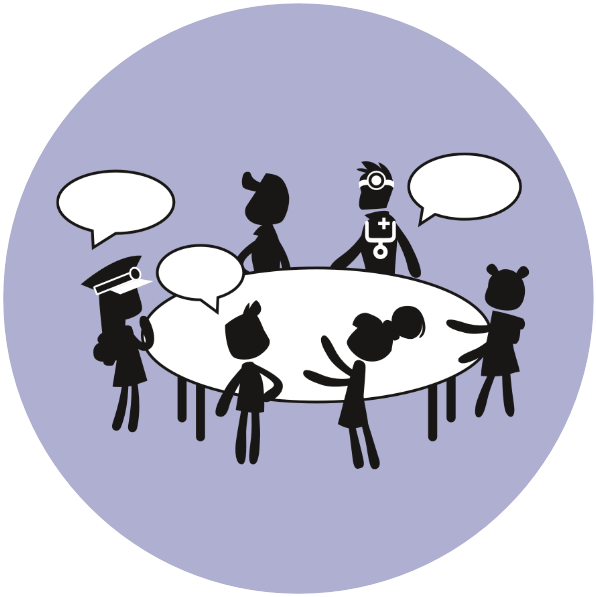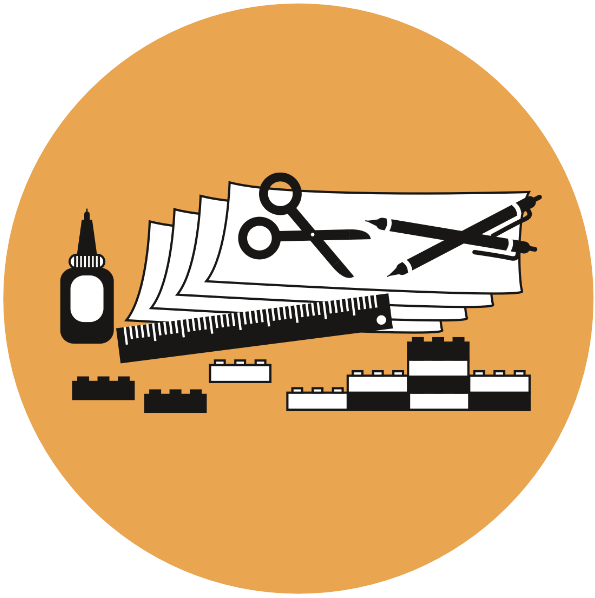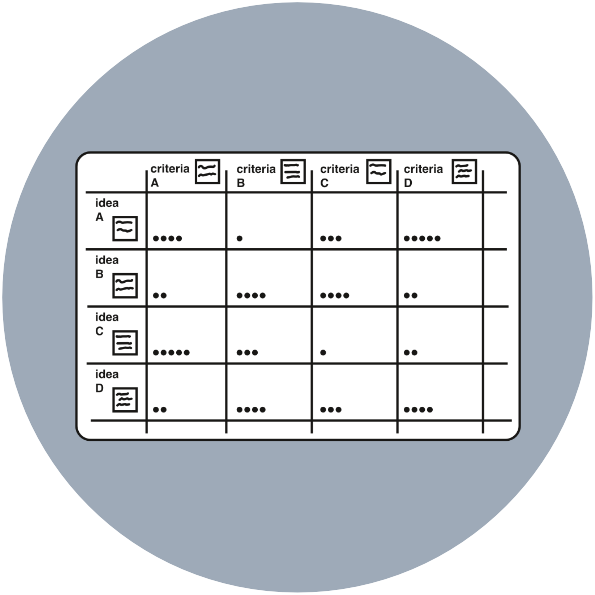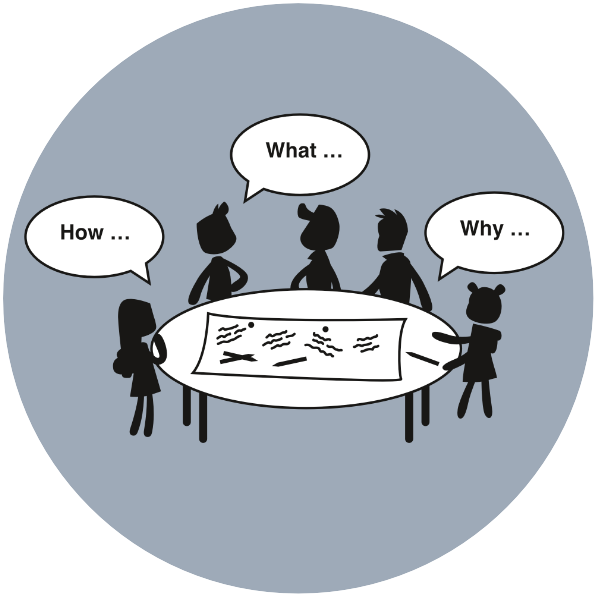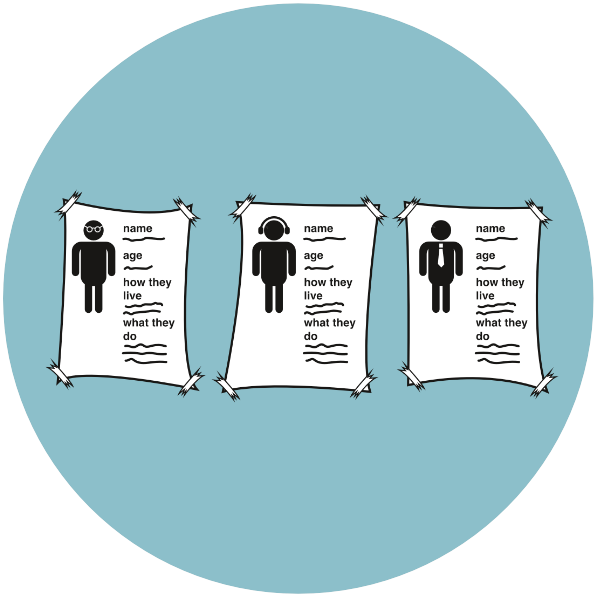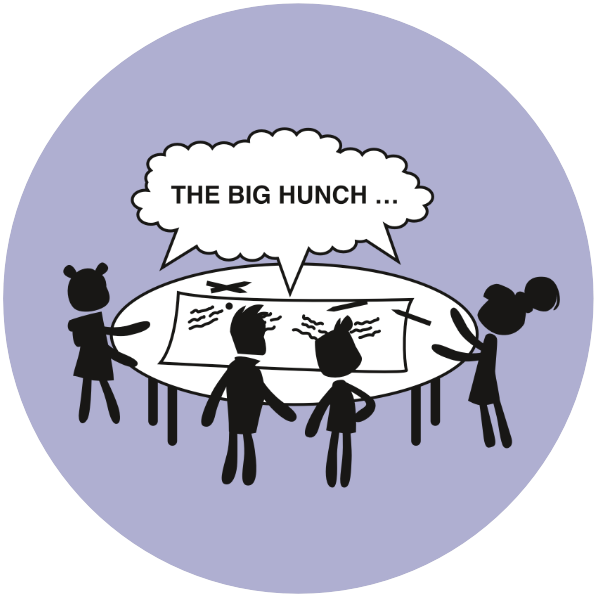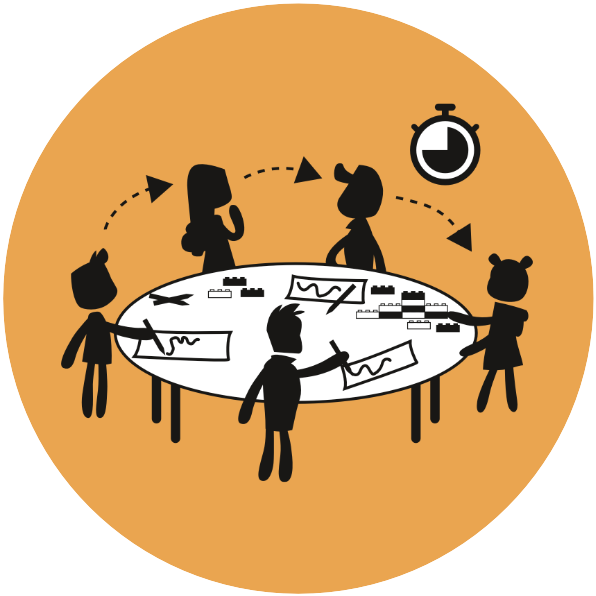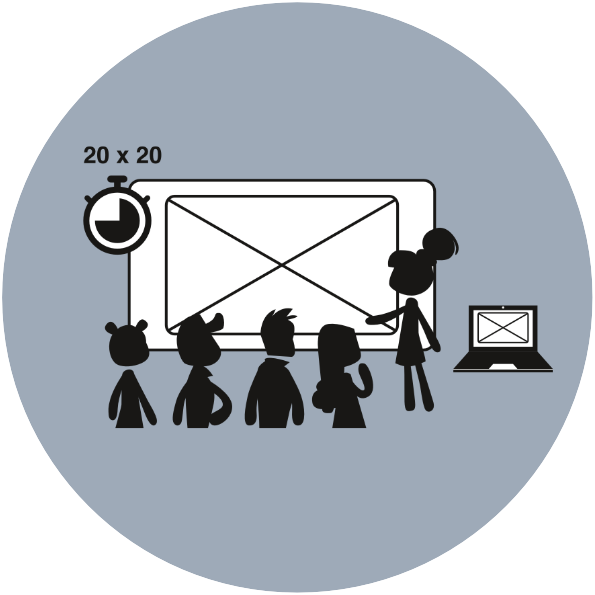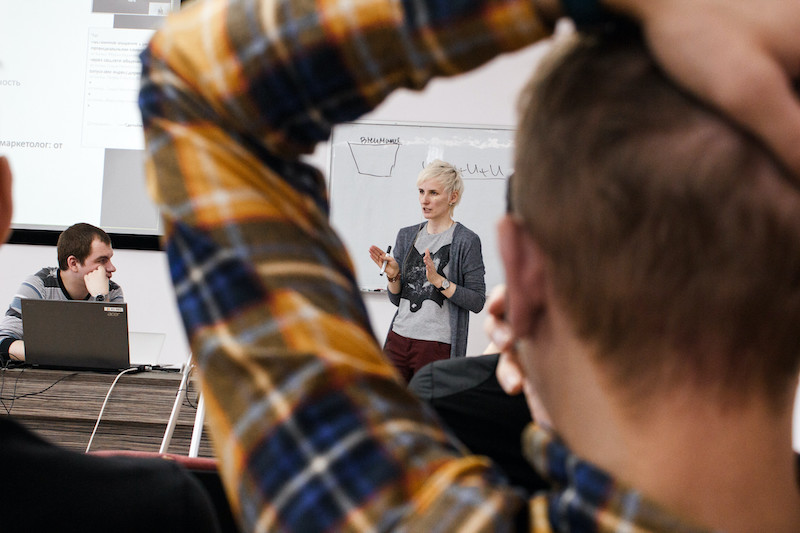how to build a fute design challenge Here's a quick guide to formulating a challenge that will help you get familiar with the design thinking process and the FUTE method cards

1. Formulate your own design challenge.
Start by keeping the complexity low. Aim for approximately 1 hour of activity time.

2. Build your design challenge structure with one card from each category: Research – Analyse – Ideate – Create.
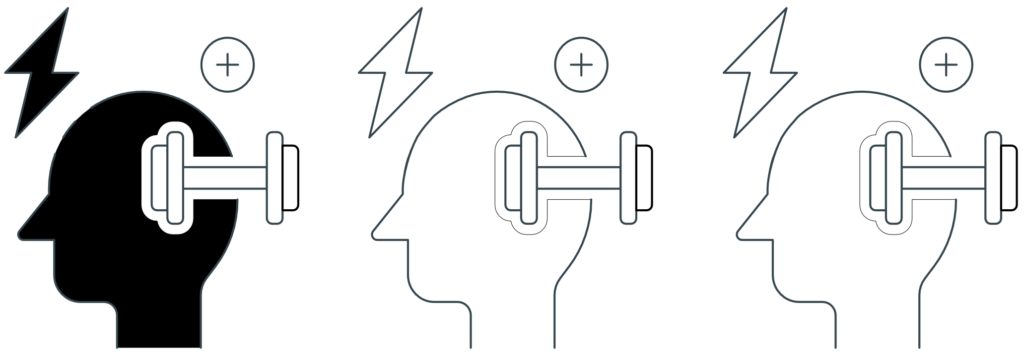
3. Write down why you think each card could help solve this design challenge. Perform the method on the card.
4. Reflect: Are you happy with the result of the design process? How did the process go? What would you do different next time? Are there any process cards that could have helped with these difficulties?

